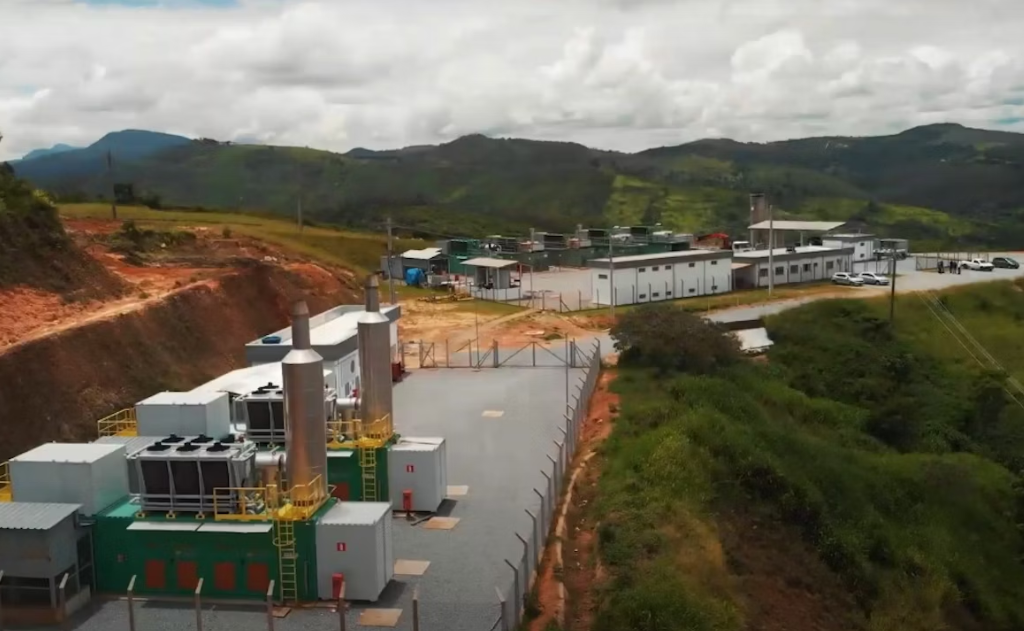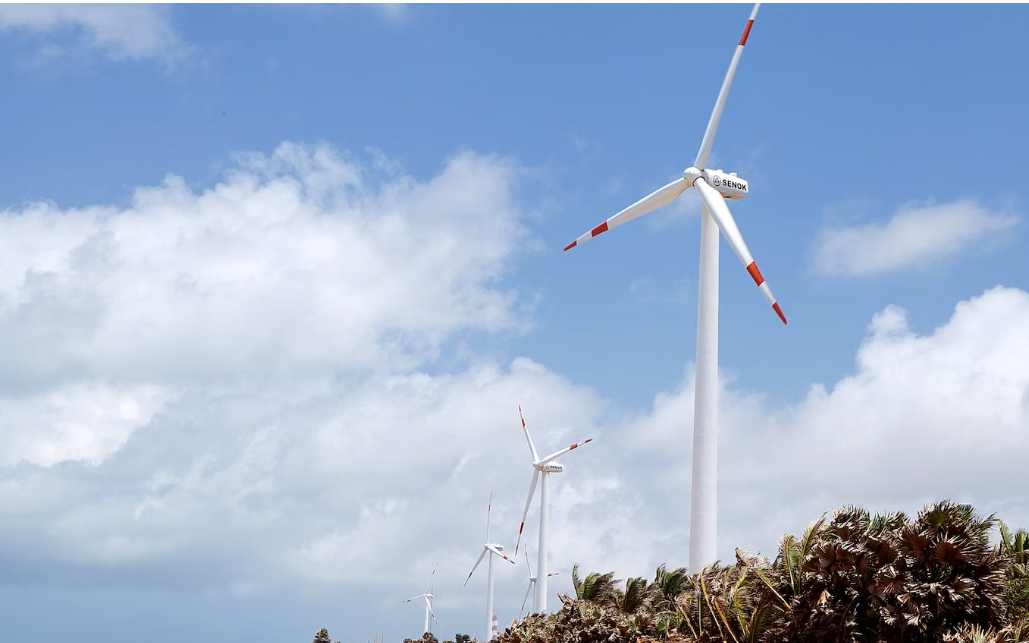NJC has offset our entire 2022 carbon emissions through various certified projects through Ecologi. The Macaúbas...
Our Blog
Filter by:
July 16, 2024
NJC has offset our entire 2022 carbon emissions through various certified projects through Ecologi. The purpose of this...
July 16, 2024
NJC is proud to announce that we have partnered with Kite Robotics to deliver the Kite Robot to the UK and Ireland.
July 16, 2024
Did you know that 1 tonne of carbon emissions has approximately the same weight as a great white shark?



